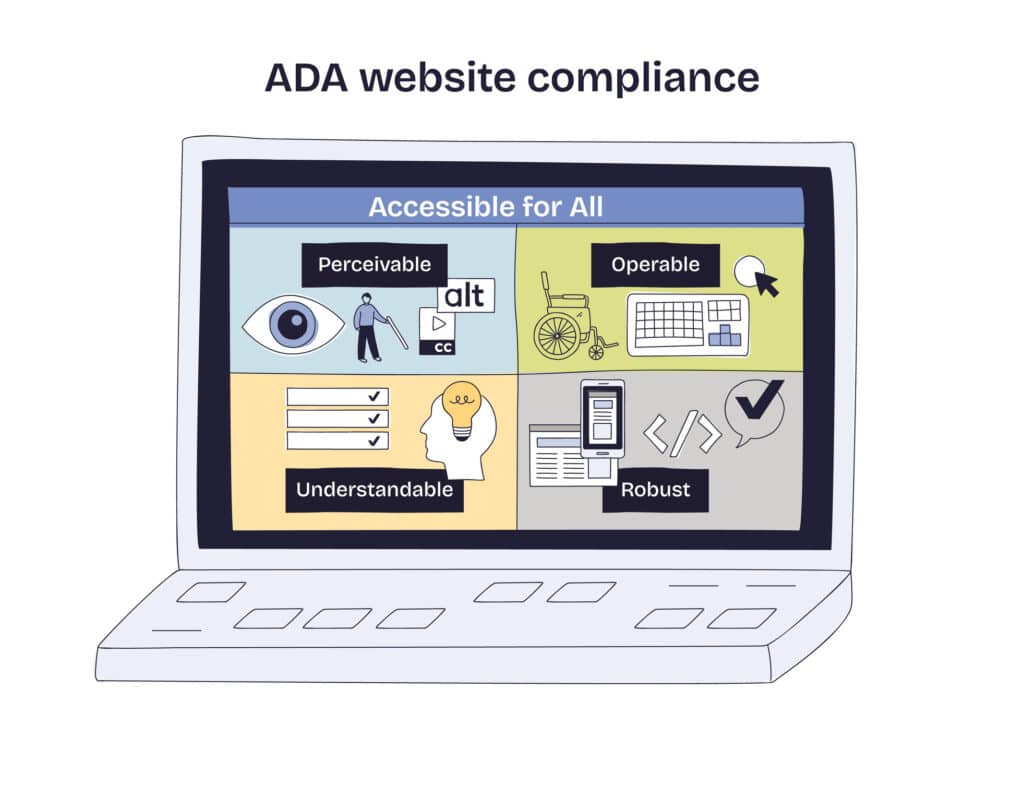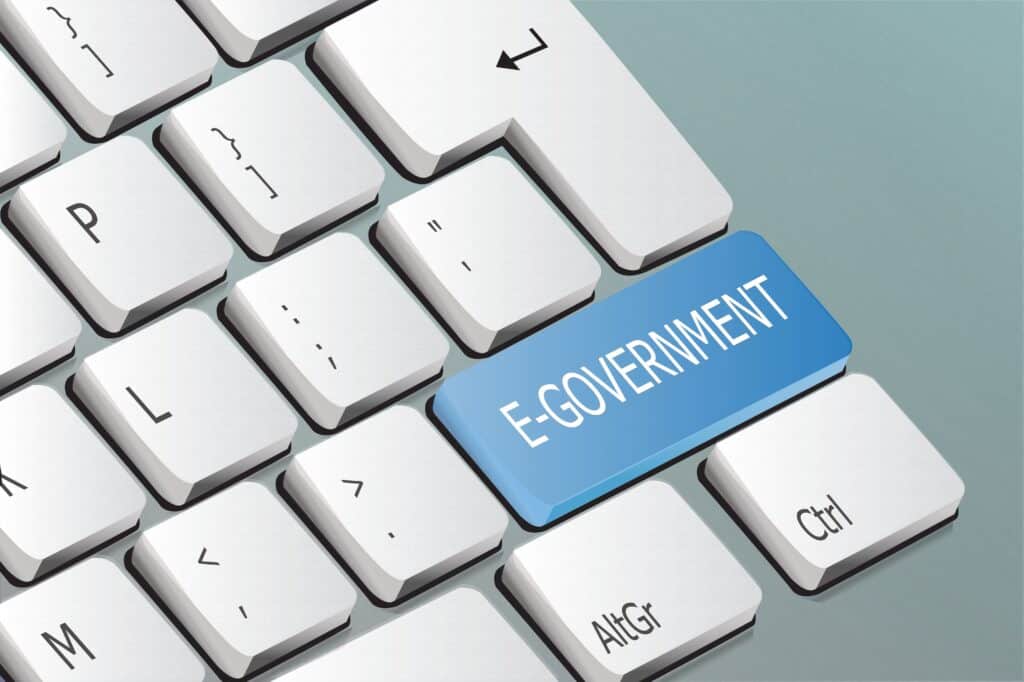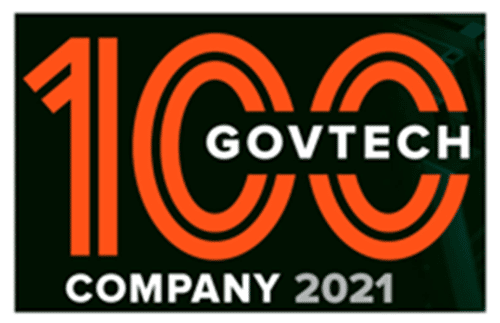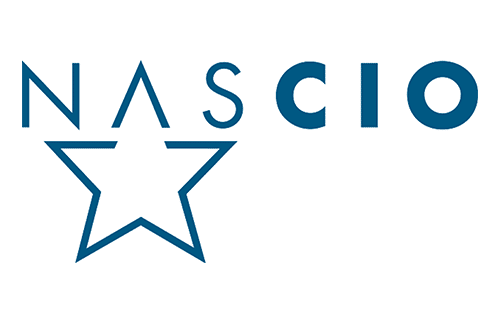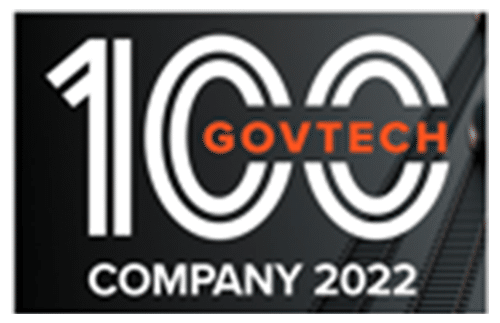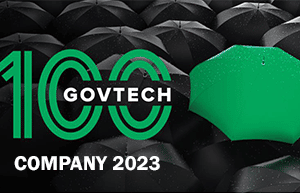The danger in adopting any new government technology? Getting so immersed in the technical details that the human factor gets forgotten. But doing a better job of delivering public service by and to human beings is the reason to adopt a technology solution in the first place.
As this article at StateTech points out, that’s a concern on the mind of many government technology leaders, and it was voiced at the recent Adobe Digital Government Symposium 2018. Teri Takai, the present executive director of the Center for Digital Government and former CIO for the State of California, State of Michigan and the Defense Department, pointed out it’s often about human scale in deployment: big IT projects with big budgets don’t guarantee success, and smaller, simpler, more user-centric adoptions can be much more impactful.
Or as he summed it up, “it’s not about the technology. It’s about technology adoption.”
Progress needs to be focused on people
Anyone who’s worked in the IT world has witnessed the same, sad outcome many times over the years, in both the public and private sectors: Implementation of a massive, enterprise-wide technology proves to be too abrupt and disorienting a shift for managers, employees, and stakeholders alike. This especially holds true if the platform is non-intuitive and not designed around user needs, first and foremost.
If an agency or department is trying to modernize by ripping and replacing legacy systems, it can aggravate the problem. Often, employees not only depend on those systems, but they’ve invested considerable time in making those systems an effective fit with the demands of their jobs and processes. In other words, they’ve done what they could to humanize those tools so the technology works for people, not the other way around.
Governments, though, are trapped having to make modernization choices. As Karen Loquet, deputy audit controller for Los Angeles County, explained it during the panel, “If your system is even five years old, it’s legacy. It now needs to be modernized again…you should already be thinking about how are you going to revamp that, especially with the speed of technology today. The way things are moving so fast, we have to continue to stay up to speed.”
Government workflow automation humanizes digital efficiency
This is why government workflow automation, when it’s been designed to be easy to use, simple to adopt, readily scalable, and able to non-disruptively integrate with the existing platforms an organization has grown to depend on, can be the best possible “gateway technology” for governments looking to technologically transform and evolve to the next level – or simply modernize antiquated processes.
A government workflow automation platform, when designed from the ground up to eliminate tedium, inefficiency, and errors, plays to the human strengths of public service teams.
They’re able to exercise their imaginations and capacity for innovation, not find themselves swallowed up in paper-pushing or mundane tasks. They’re also able to have more constructive and attentive relationships with the people they serve, which feels great for everyone involved.
Simple, intuitive ease of use and that seamless ability to integrate with existing platforms are critical features to look for in a platform like this, though, or else you’re swapping one headache for another.
Laying fears to rest
Another advantage of a SaaS-based government workflow automation solution is the minimal need for IT involvement in its adoption, deployment, or continued use. That’s an important point when CTOs and CIOs are faced with the looming shortage of government IT workers that’s being predicted.
Government workflow automation can make tech adoption a pleasure, not a pain point.
The main fears a human-centric workflow automation solution can lay to rest, though, are the ones that workers may have when they hear the word “automation,” or if they’ve already lived through awkward technology deployments. So they may dread the potential for pink slips, or protracted tech adoption nightmares.
By being focused on helping them deliver smarter, faster public service and actually augmenting their talents and commitment, not replacing them, government workflow automation can make tech adoption a pleasure, not a pain point.




